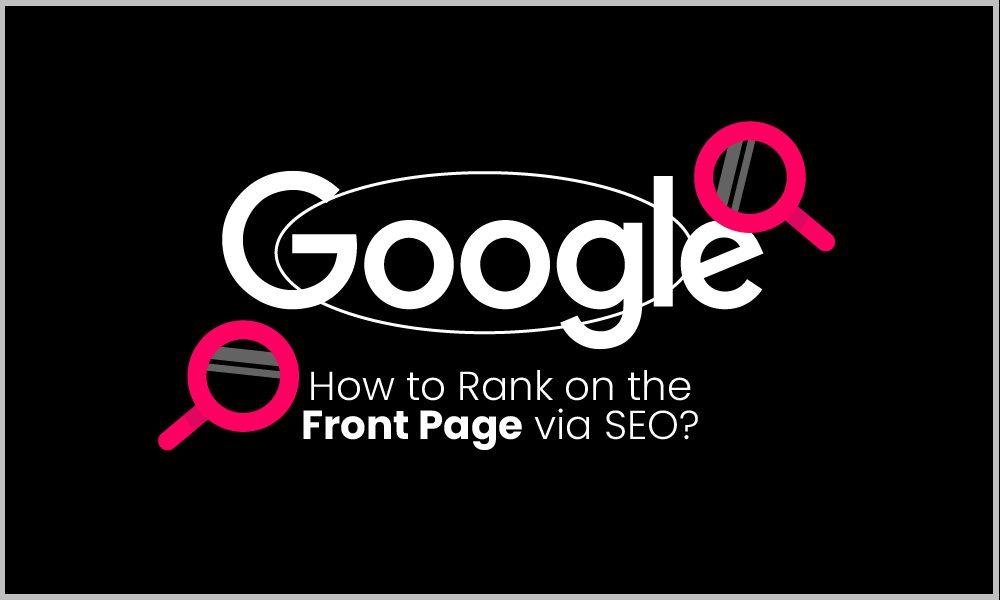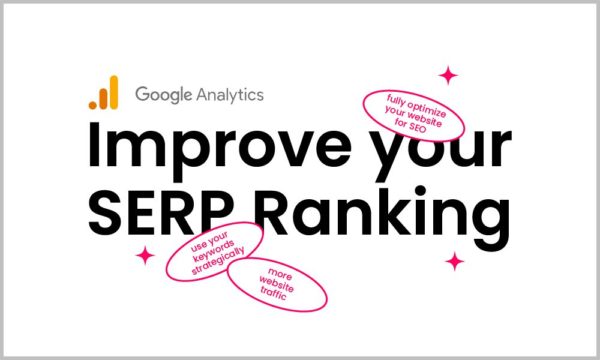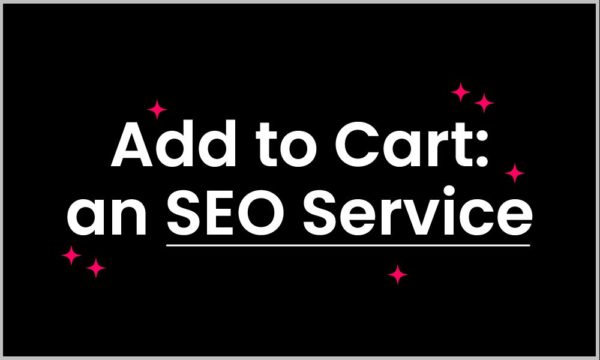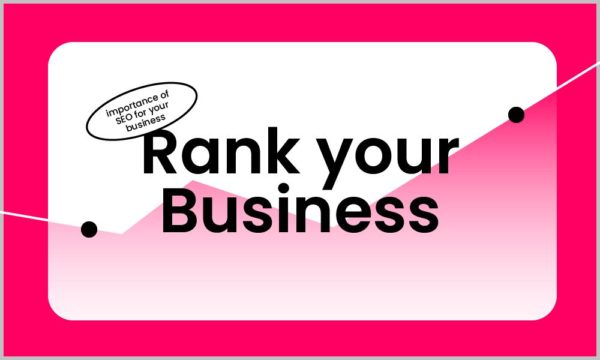SEO is one of the most effective techniques to increase website traffic and improve your company’s overall performance. You can use a variety of tactics to improve your website’s ranking on Google’s search engine results page (SERP). Here are a few of the ways you can do that.
Keyword Research
Do keyword research on the words you want your landing page to rank for before you start developing it. The more they are relevant to you, the better. Long-tail keywords are easier to rank for in Google, so keep that in mind when choosing your keywords. Short-tail keywords have higher competition and are more likely to have poor search intent.
Keyword Placement
Your keyword placement has a significant impact on your SEO success. The following are the important places where you should put your keywords:
- Title tag: As the name says, title tags are the page titles that appear when you search for something. In this case, we were looking for “theatres around me,” and the title tag was “Reel Cinemas Dubai.”
An attractive and relevant title tag can drive clicks while also giving Google an idea of what your page is about.
- Meta description: The meta description explains what the page is about in greater depth to a searcher. A decent meta description also means a higher click-through rate.
- Header tags: One of the most effective, but also one of the most misunderstood, strategies to increase your SEO. HTML header tags inform Google about the keywords that are significant to you and your company.
The H1 tag is the most significant header tag. It should match your title tag and the content of your page as the major headline. In addition, you should use the H2 to H6 tags to divide your material into subheadings as needed. Also, make sure your page only has one H1 tag.
- Images: Pictures that are relevant and have the right file names and tags will help you rank higher on Google. Make sure your tags are sufficiently descriptive for Google to understand what your image is about.
Custom URLs
A unique and well-labeled URL for your landing page is a critical component of an SEO strategy. The URL informs both Google and searchers about the content of your page. Keep the URL to 65 characters or less.Longer URLs can be cut short when they appear in the search results.
Page Speed
When ranking pages on the internet, Google considers page speed as one of their key factors. Your page should load in under two seconds. Users are more likely to leave a page if it is too long.
PageSpeed Insights and GT Metrix are two tools you may use to check the speed of your website. Try these out to see how quickly your page loads.
Ensure Good User Experience
Having a good user experience is fundamental to any website. One of the ways you can improve user experience is through making sure that the page is easy to navigate, makes sense, and is optimized for mobile. You can read more about how UX is important in digital marketing on our blog post about it.
Content Optimization
SEO is a delicate process and keyword stuffing won’t help your performance. In fact, Google punishes webpages that perform keyword stuffing. Make sure your content is relevant, concise, and useful to users.
Backlinks
Backlinks are an important component of any SEO strategy. And good backlinks from websites with high authority score can in turn show your own authority. So, make sure that you’re getting backlinks with good content.
A well-designed landing page can help your website attract more relevant visitors. To make good content work, you need a good strategy. In contrast to keyword stuffing, SEO ranking requires a focused plan. So, start optimizing your landing page for SEO right now.
Talk to our SEO specialists at +971 4 580 3378 if you want more tips on how to do SEO for your landing page.



